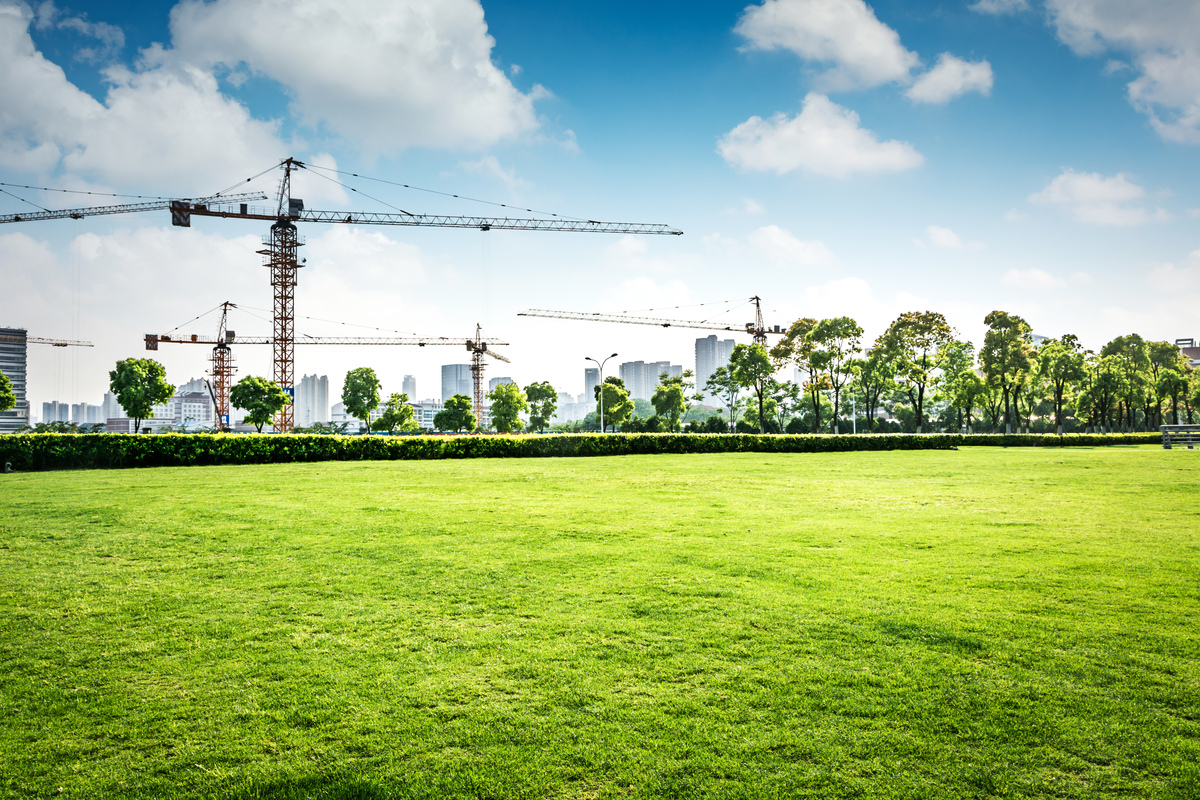What should we expect from the construction industry in 2025?
As the construction industry recovers from years of setbacks, such as the COVID-19 pandemic and global supply chain issues, the 2025 construction forecast is a mixture of careful optimism and a sense of rejuvenation. The construction sector is prepared for even more growth although there are many challenges to overcome, For example, there are issues like a lack of workers, rising material costs, and the need for thoughtful adjustments. Let’s examine some of the major developments and trends influencing the 2025 construction forecast.
The industry is likely to grow in 2025 and it is full of opportunities and challenges. This article analyses the 2025 construction forecast, including predictions for both residential and commercial buildings, rising trends, and professional outlooks. This article is to provides managers, architects, and contractors useful information for future planning by analyzing current data.
Table of Contents
The Evolving Field of the Construction Industry
Construction sector will keep growing to meet the needs of the global market and environmental challenges based on the 2025 Construction Forecast. Construction stakeholders can prepare for the changing environment more strongly and focus on these developments for more success by examining the trends. The construction industry has been slow in adopting new technologies, but things are starting to change. Artificial intelligence (AI) is being used more and more every day and energy efficiency and sustainability are now the center of the attention in todays construction sector.
Sustainability and Green Construction

1. Net-Zero Buildings and Energy Efficiency
Considering the climate change and as it is becoming a challenging issue energy-efficient buildings are the standard way of building. The 2025 Construction Forecast highlights that as governments and organizations around the world set more ambitious emissions reduction targets, the demand for net-zero energy buildings is expected to rise significantly.
2. Sustainable Building Materials
Sustainability remains a top priority as the building industry works to decrease its carbon footprint. By 2025, we can expect to see even more demand for materials like low-carbon concrete, recycled steel, and sustainably sourced wood. A 2022 research from the World Green Building Council reports that the worldwide green building market will grow by 12% a year, showing how crucial sustainable construction is becoming.
Technological Innovations in Construction
1. Building Information Modeling (BIM)
Building Information Modeling (BIM) is still a key tool in construction management. It helps teams collaborate better and cut down on errors by creating detailed digital models of construction or infrastructure projects. Looking ahead to 2025, BIM will integrate with AI and IoT to make project planning and execution even smarter. The 2025 Construction Forecast predicts that, through its connection with augmented reality (AR) and virtual reality (VR), BIM will provide project managers with immersive visualization tools, leading to better decision-making and fewer risks.
2. Automation and Artificial Intelligence (AI)
Automation and artificial intelligence (AI) are expected to bring big changes to the construction industry. By 2025, AI will be used in many areas, from project management to design. Technologies like driverless cars, 3D printers, and robotic bricklayers are reducing the need for human labor in repetitive or risky tasks. According to the 2025 Construction Forecast, automation could enhance construction efficiency by as much as 30%. These AI tools can handle large amounts of data so it helps improving timelines, mindful use of resources, and predict delays, that results in a smooth project process. At the same time, automation is changing how construction work is done with the use of robotics and drones.
Suggested article to read: How PIM Optimizes Workflow Automation in Complex Construction Projects
Smart Construction and IoT Integration
1. Smart Buildings and Infrastructure
These buildings will use IoT technology to create spaces that are more efficient and adaptable to the people living or working in them. For example, smart sensors can automatically adjust the lighting and temperature based on how many people are in a room so it saves a considerable amount of energy. The 2025 Construction Forecast suggests we’ll see more smart buildings and infrastructure projects, not just on construction sites but in everyday use.
2. Smart Construction Sites
These technologies are making construction safer by monitoring labor conditions, speeding up inventory processes, and helping to keep projects on track. A report from Deloitte in 2023 indicates that by 2025, the Internet of Things (IoT) could help the industry save as much as $1.2 trillion a year. The 2025 Construction Forecast predicts a significant rise in the use of the Internet of Things within the construction industry. Construction sites can be monitored in real-time by using IoT devices like wearable sensors smart tools and connected sensors.
Labor and Workforce Challenges

1. Diversity and Inclusion
Construction companies are placing a stronger focus on diversity and inclusion (D&I). As highlighted in the 2025 Construction Forecast, efforts to diversify the workforce are expected to keep growing. This includes programs aimed at bringing more women and minorities into an industry that has long been male-dominated. Making use of D&I helps address labor shortages and encourages innovation and creativity within teams, which in turn boosts the efficiency and success of projects.
2. Skills Shortage and Workforce Development
A 2022 survey by the National Association of Home Builders (NAHB) found that 80% of builders expect labor shortages to be their biggest challenge in the years ahead. To tackle this issue, many construction leaders are putting money into training, apprenticeships, and workforce development programs, helping workers learn the skills needed to handle new technologies and sustainable building methods.
2. Post-Pandemic Recovery and Market Resilience
As the world recovers from the economic effects of the COVID-19 pandemic, the construction industry is bouncing back. The 2025 Construction Forecast suggests that the sector will continue to grow, with strength in residential and infrastructure projects, although some markets may face challenges because of rising costs and supply chain delays.

Conclusion
The 2025 Construction Forecast is all about trends and innovations to improve the industry for now and the future. The construction sector is about to have a major transformation with technology playing a major role, particularly AI and robotics, and sustainability being the main advancement. These changes could face some of the biggest challenges like lack of resource and climate change.
Construction workers must stay flexible and use these improvements to improve project results and be a part of creating more sustainable construction. Although low skilled workers, legal challenges, and the high costs of adopting new technologies are some of the remaining challenges.
FAQs
What key trends are expected in 2025 construction forecast?
- Answer: The integration of automation and artificial intelligence, the growth of smart construction, the adoption of more sustainable methods, and the resolution of labor shortages are some of the major themes.
What sustainable practices are expected to serve the construction industry by 2025?
- Answer: Energy-efficient systems, net-zero energy buildings, and the use of sustainable materials will take center stage, driven by global climate goals.
How will AI and automation impact the construction industry by 2025?
- Answer: Automation and AI will boost production, decrease human error, and improve construction efficiency, particularly when robotics and AI-powered tools are used.
How can the construction industry address the skills shortage by 2025?
- Answer: Investing in apprenticeships, workforce training, and diversity initiatives will help close the skills gap and prepare workers for new technologies.
What are the challenges in the 2025 Construction Forecast?
- Answer: Labor shortages, high technology adoption costs, and regulatory challenges around sustainability will be the main hurdles.
Suggested article for reading:
The Impact of Data-Driven Construction Safety Systems: 3 Examples
Predictive Analytics in Construction Safety: 4 Examples from 2024
The Role of COP29 in Low-Carbon Construction Practices
10 Data-Driven Construction Trends Shaping the Future 2024
How Data-Driven Insights Saved $1 Billion in Global Construction Projects (2024)
Resources:
McKinsey & Company | National Association of Home Builders (NAHB) | Deloitte | Global Construction Outlook | World Green Building Council
For all the pictures: Freepik



